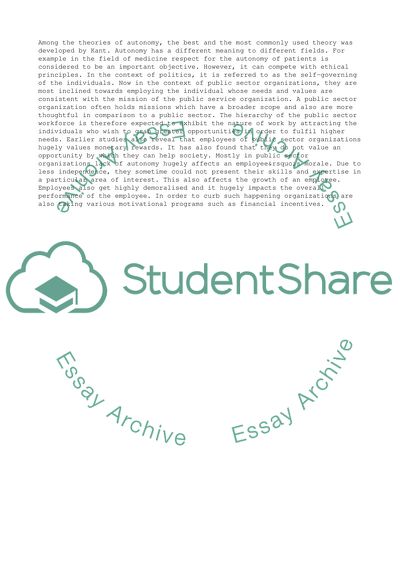Cite this document
(“An Essay Discussing an Organisational Issue in the Public Services”, n.d.)
An Essay Discussing an Organisational Issue in the Public Services. Retrieved from https://studentshare.org/management/1453325-an-essay-discussing-an-organisational-issue-in-the
An Essay Discussing an Organisational Issue in the Public Services. Retrieved from https://studentshare.org/management/1453325-an-essay-discussing-an-organisational-issue-in-the
(An Essay Discussing an Organisational Issue in the Public Services)
An Essay Discussing an Organisational Issue in the Public Services. https://studentshare.org/management/1453325-an-essay-discussing-an-organisational-issue-in-the.
An Essay Discussing an Organisational Issue in the Public Services. https://studentshare.org/management/1453325-an-essay-discussing-an-organisational-issue-in-the.
“An Essay Discussing an Organisational Issue in the Public Services”, n.d. https://studentshare.org/management/1453325-an-essay-discussing-an-organisational-issue-in-the.


